

Cosmox Blogs
Apophis and Beyond: Epic Strategies to Defend Earth
Imagine this: a massive hunk of space rock named Apophis, zipping through the cosmos like it’s late for the most important date in history. This isn’t just any ordinary asteroid—it’s one of the most talked-about cosmic objects of our time. Apophis, named after the ancient Egyptian god of chaos, certainly lives up to its name. With a diameter of over 1,100 feet, this rock is like the bad boy of the asteroid world, cruising through space with a swagger that’s both thrilling and a little bit terrifying.
When scientists first discovered Apophis back in 2004, the excitement was real. They quickly realized that this asteroid wasn’t just passing by—it was on a trajectory that might bring it dangerously close to Earth. And by close, I mean closer than some of our satellites! The big date? April 13, 2029—a Friday, no less. It was like the universe had a wicked sense of humor, setting up this cosmic close encounter on the unluckiest day of the week.
For a while, Apophis was the stuff of nightmares. The idea that a space rock could smash into our planet, unleashing destruction on a scale we could barely imagine, was enough to get everyone’s attention. Scientists, governments, and space agencies worldwide started to seriously consider what we’d do if we were on a collision course with an asteroid. Could we stop it? Divert it? Or would we just have to brace for impact and hope for the best?
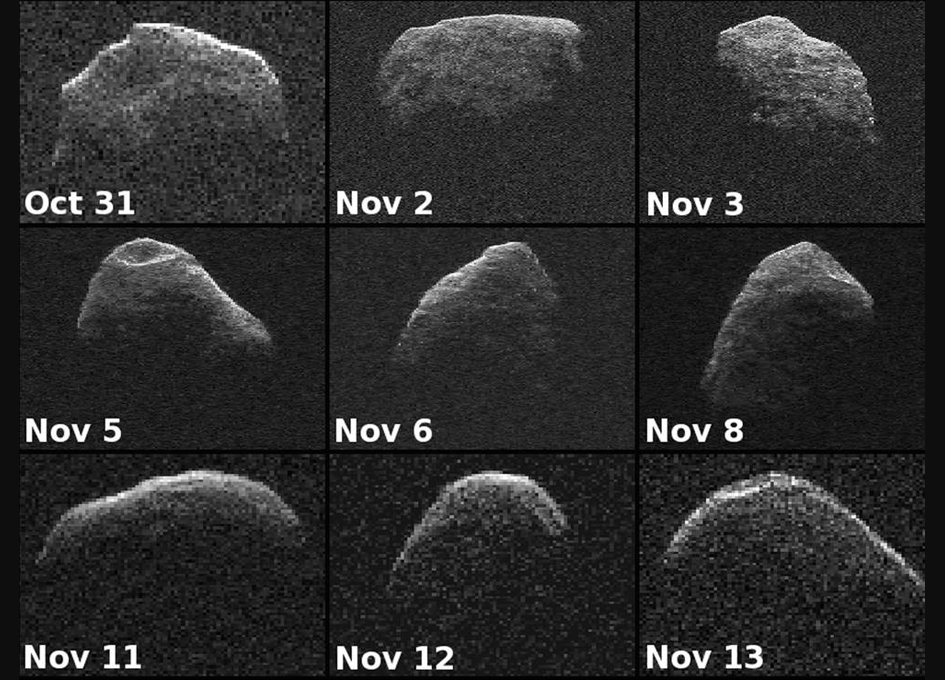
But here’s where things get really interesting. While further calculations eventually showed that Apophis probably wouldn’t hit Earth, the whole scenario was like a wake-up call for humanity. It got people thinking: What if? What if an asteroid like Apophis really was headed our way, with no way to avoid it? This led to some pretty intense brainstorming sessions, where scientists and engineers started dreaming up all kinds of wild ideas for planetary defense.
So, in true sci-fi fashion, they decided to stage a little experiment. They pretended that Apophis was on a collision course with Earth, just to see how we’d react. It was like the ultimate cosmic fire drill. Space agencies around the world teamed up to simulate a scenario where Apophis was bearing down on us, and they tested out their best ideas for saving the planet.
They thought about nukes (because, of course, they did), but also more creative solutions, like using the gravity of a nearby spacecraft to gently tug the asteroid off course—a method charmingly dubbed the “gravity tractor.” There was even talk of painting one side of the asteroid white, so the sunlight would create a tiny push that could nudge it away over time. Yeah, it’s as wild as it sounds!
This fake scenario wasn’t just a fun exercise, though. It was a serious test of our ability to work together as a planet and come up with real solutions to a potentially deadly problem. And guess what? We passed with flying colors. The exercise showed that, with enough time and teamwork, we really could defend Earth from a rogue asteroid like Apophis.
So did the scientists manage to come up with any methods to defend Earth in this type of situation ? Fortunately, we’ve got some ideas—ranging from the simple to the straight-up futuristic. Here’s a breakdown of the most talked-about methods for saving our planet from a catastrophic asteroid impact.
1) The Kinetic Impactor: Space’s Ultimate Bumper Car
Let’s start with something that’s actually possible right now—the kinetic impactor. Imagine using a spacecraft as a giant, cosmic bumper car to ram into the asteroid and knock it off its deadly path. The idea is pretty straightforward: slam something really fast and heavy into the asteroid, and the force of the collision would push it in a different direction.
NASA’s , which tested this concept in 2022, was a massive success. They sent a spacecraft hurtling into an asteroid called Dimorphos, and guess what? It worked! The impact changed the asteroid’s orbit. While it was just a test on a much smaller scale, the success of DART showed that this technique could be our best bet if an asteroid were headed our way.
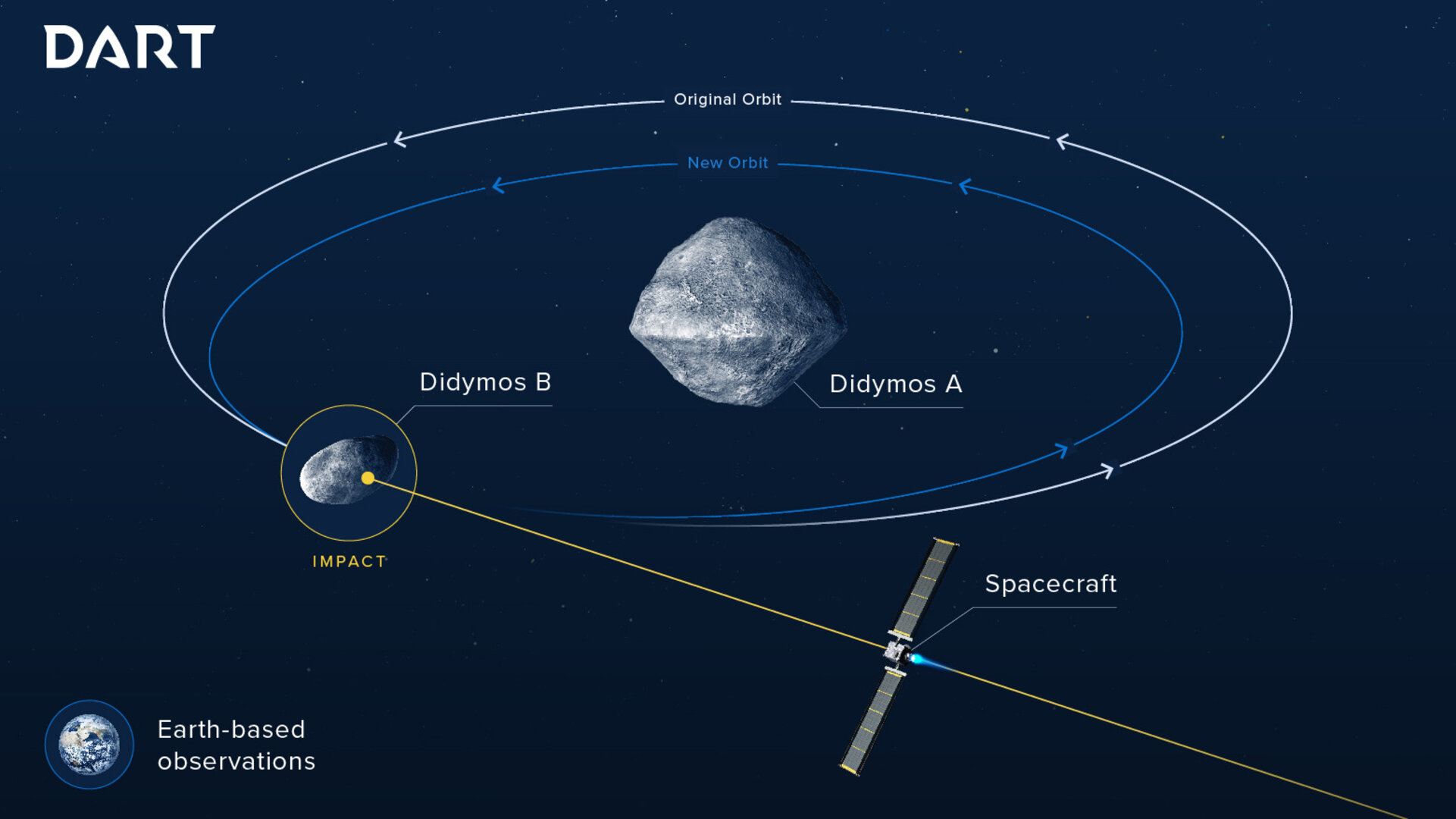
2) Nukes in Space: The Last Resort
When in doubt, blow it up, right? The idea of using nuclear weapons to defend Earth from an asteroid has been floating around for decades. The concept is to detonate a nuke near the asteroid—not on it. The explosion would create a shockwave that could either break the asteroid into smaller, less dangerous pieces or push it off course.
But here’s the thing: nuking an asteroid is kind of a risky move. For starters, blowing up a big asteroid might just turn one giant problem into a bunch of smaller ones. And let’s be real—nuclear weapons in space come with a whole set of complications, from international treaties to the unpredictable nature of explosions in space. So while it’s a dramatic option, it’s more of a last resort than a go-to solution.

3) The Gravity Tractor: Slow and Steady Wins the Race
Next up is the gravity tractor, which sounds like something straight out of a sci-fi novel. This method is all about finesse, not force. The idea is to park a spacecraft near the asteroid and use the subtle pull of gravity to slowly tug it off course.
This might sound like a slow-motion way to save the world, and that’s because it is. The gravity tractor would take years, maybe even decades, to work. But the beauty of this method is that it’s super precise and doesn’t involve blowing anything up. The only downside? You need a lot of time to pull it off, so it’s only a viable option if we spot the asteroid well in advance.
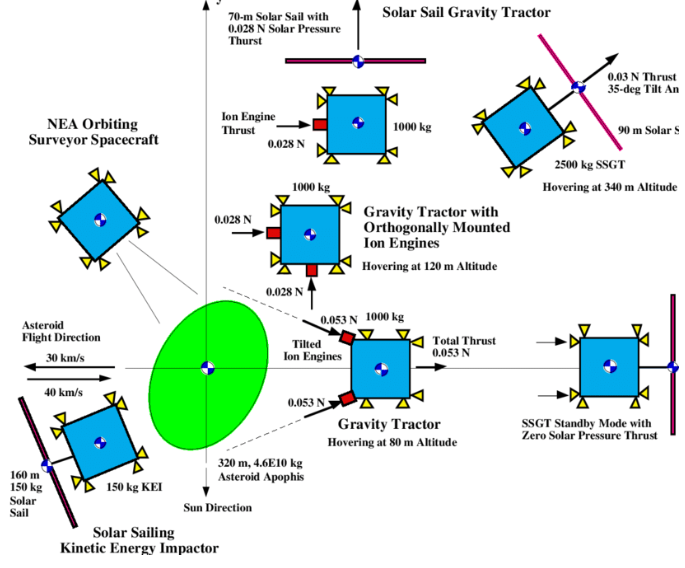
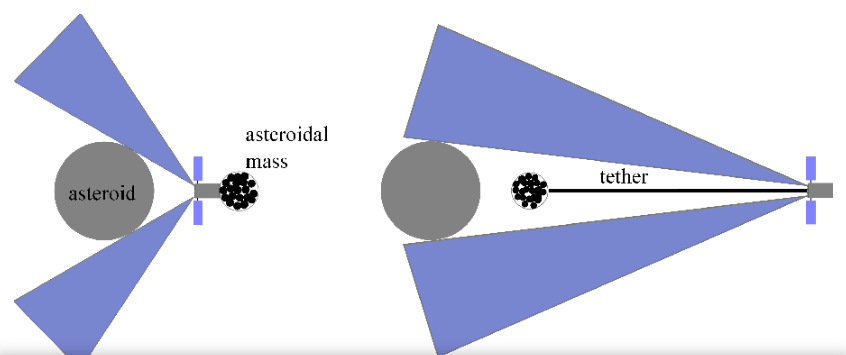
4) Solar Sails: The Power of the Sun
Solar sails are like the eco-friendly option of asteroid deflection. These massive, reflective sails could be attached to the asteroid, and they’d use the pressure of sunlight to gradually push it off course. It’s like giving the asteroid a gentle nudge using nothing but the power of the sun.
Solar sails are a super cool concept, and they’ve been tested on small scales in space. The catch? They’d take a long time to make a difference, so like the gravity tractor, this method is only useful if we’ve got plenty of warning.
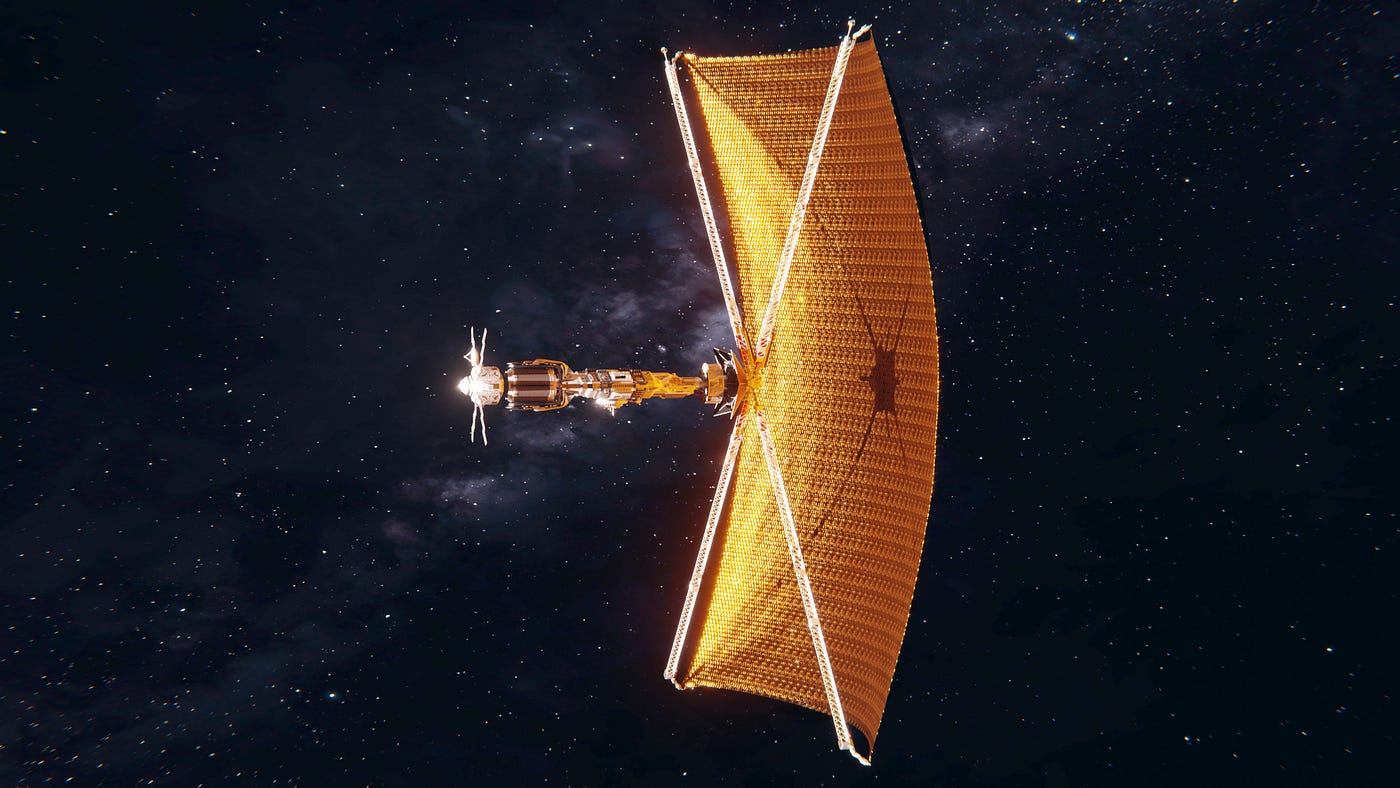
5) Laser Beams: Precision Deflection in Action
Lasers in space? Heck yes! The idea here is to use a powerful laser to heat up one side of the asteroid, causing material to vaporize and create a tiny, but steady, jet of gas that pushes the asteroid in the opposite direction. Over time, this could change the asteroid’s trajectory enough to avoid a collision with Earth.
This is one of those methods that sounds super futuristic, but it’s not totally out of reach. The technology for space lasers is advancing, but we’re not quite there yet. Plus, you’d need a seriously powerful laser and a lot of time to make this work.
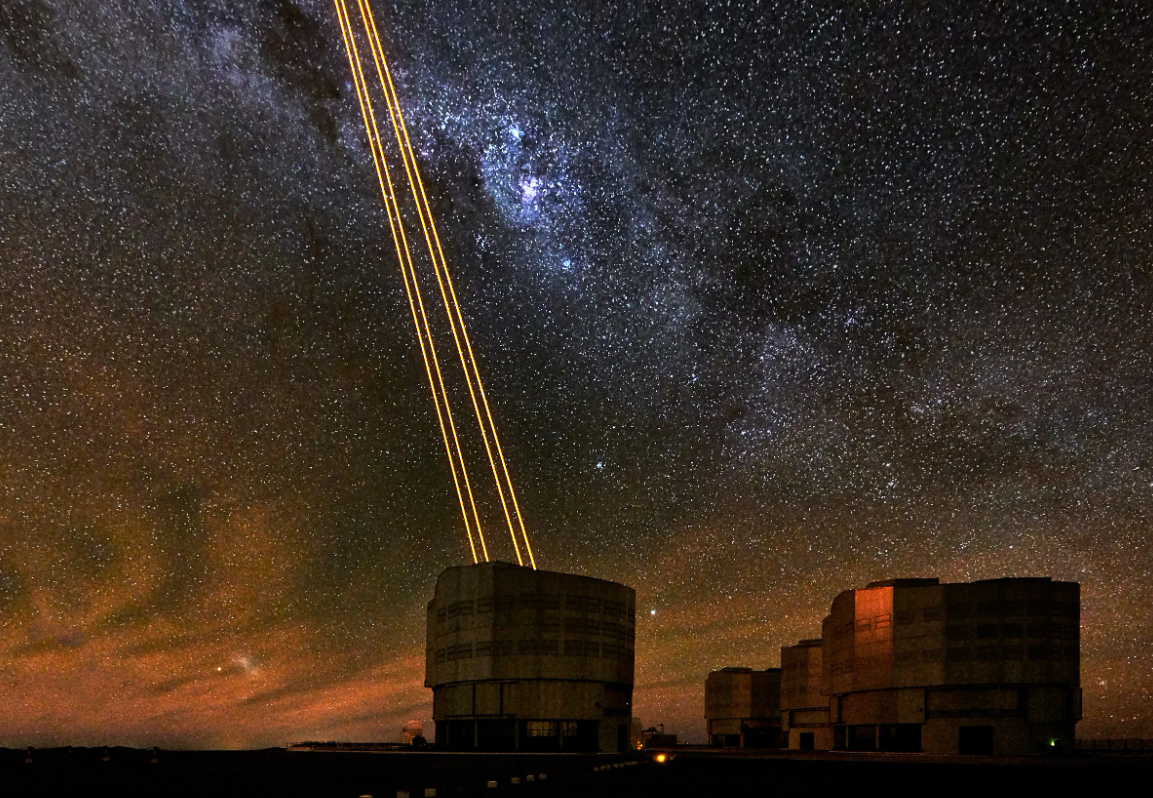
6) Asteroid Tugboats: Tow It Away
This idea is kind of like the gravity tractor but on steroids. Instead of just using gravity, you’d attach a giant spacecraft—or multiple spacecraft—to the asteroid and tow it away from Earth. Think of it as using a cosmic tow truck to drag the asteroid out of harm’s way.
This method would require some serious engineering, and it hasn’t been tested yet. Plus, attaching something to a rapidly spinning, unevenly shaped asteroid would be tricky, to say the least. But in theory, it’s possible.
What’s Real and What’s Sci-Fi?
Out of all these methods, the kinetic impactor is the most realistic and tested. DART proved that we can change an asteroid’s orbit by smashing into it, making this the most practical option if we had to act quickly. The others, like the gravity tractor and solar sails, are fascinating but would take a lot of time and advanced technology that we’re still developing.
Nukes, while dramatic, are a last-ditch effort. They’re possible, but the risks and complications make them far from ideal. As for lasers and tugboats, they’re still in the realm of future tech, but who knows? With the way technology is advancing, they might be more feasible sooner than we think.
In the end, what’s clear is that we’re not helpless in the face of a potential asteroid impact. We’ve got the brains, the technology, and the will to protect our planet. Whether it’s smashing into an asteroid, gently nudging it, or one day zapping it with lasers, humanity is gearing up to defend Earth from whatever the cosmos might throw our way.

Cosmox Blogs
A non profit organization that works on writing and delivering blogs on cosmology, natural sciences & environment, so that people can learn more about it. We even run a forums page, where our users interacts with each other and discuss about Cosmology, Natural Sciences & Astronomy. We even run an instagram and a youtube channel with podcasts.